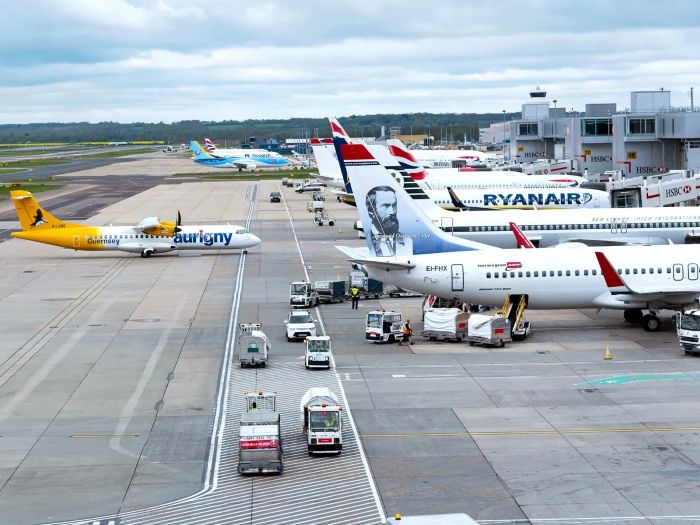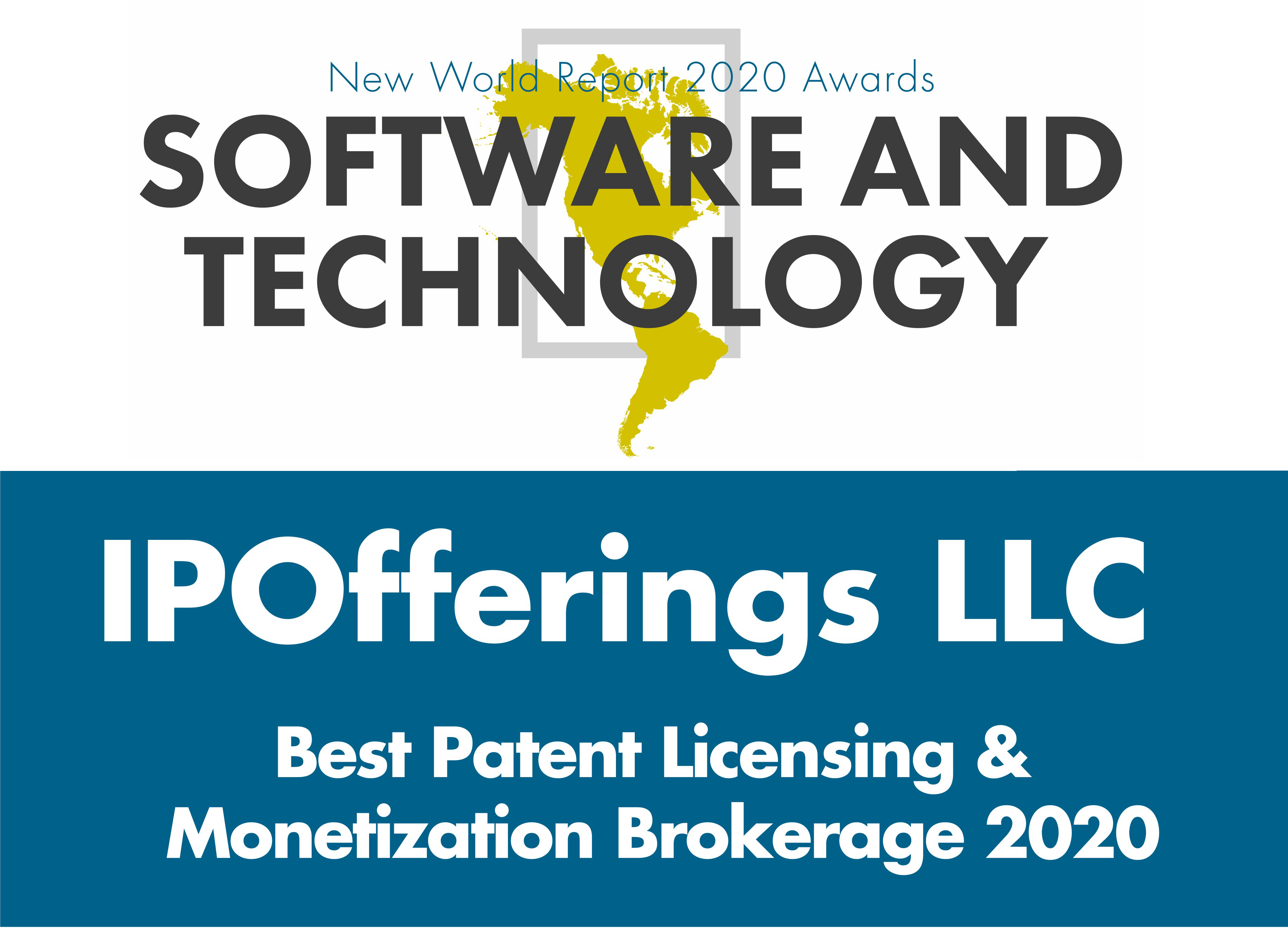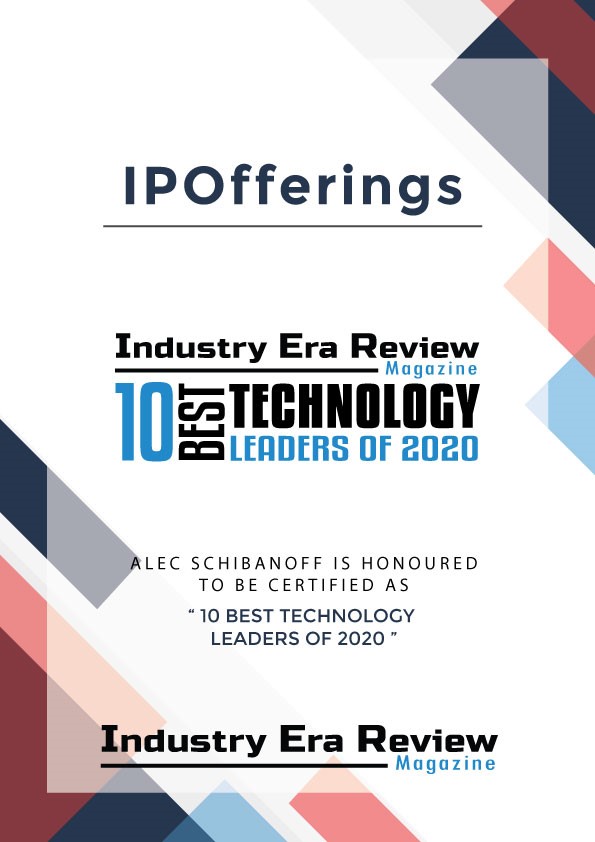Patent MarketPlace: Aviation Related Patents for Sale
 Aviation Assistance System (Kysar): U.S. Patent No. 12,260,773
Aviation Assistance System (Kysar): U.S. Patent No. 12,260,773
From February of 2009 through January of 2025 – a period of sixteen years – there were NO commercial air crashes in the U.S. During that same period, there were approximately 1,500 air crashes – and about 500 fatalities – per year in general aviation. And the reason is obvious. Commercial air travel is done by professionals from the pilots to the air traffic controllers to the ground crews. In general aviation, most pilots are weekend aviators taking off from regional airports with NO control towers!
This patent leverages modern sensing technologies to improve aircraft landing and maneuvering. Originally designed to aid student pilots during takeoff and landing with both fixed-wing and rotary aircraft, this patented technology has the potential for much broader applications across multiple aviation and aerial technology sectors including the growing use of UAVs. The modular device covered by this patent:
- Uses a time-of-flight laser rangefinder to measure precise height above ground of the aircraft
- Incorporates accelerometers and attitude sensors to detect pitch, roll, and G-forces on the plane.
- Includes a processor and notification system (via smartphone or autopilot link) that delivers real-time aural, visual, or electronic feedback to the pilot
U.S. Patent No. 12,260,773 for “Flight training and landing assistant” would be a strategic acquisition for companies in the general aviation industries including operating drones, providing flight training, managing drone logistics, increasing safety in agricultural aerial applications, rotorcraft conducting low- level maneuvering and load picks, conducting aerospace R&D, and improving aviation electronics. It can serve as a standalone product or be integrated into larger avionics or pilot-assist platforms.
 Next-Generation Airport (King): U.S. Patent Nos. 10,544,599; 11,117,679; and 12,043,415
Next-Generation Airport (King): U.S. Patent Nos. 10,544,599; 11,117,679; and 12,043,415
There have been no significant improvements to airports in the last 50+ years or so. Some airports extended their runways to accommodate larger planes, and most added more shops, restaurants, and other retailers to meet passenger growth and increase terminal area revenue. And a few linked themselves to the local mass transit or light rail system. But the basic airport design of concourses and gates has not changed. Maybe it is time for the next generation of airports?
This patent family includes three patents that do exactly that. These patents turn airports into airplane stations, not legacy terminals. The concepts in these patents have been proven by research at a leading air transport university. The first patent enables airports to expand exponentially without having to acquire land. It creates an airport with a plurality of cells that are disposed in adjoining rows to one another. There are several rows of ramps throughout the network of cells so aircraft can move within the cells in a sequential arrangement. The second patent covers movement of arriving and departing aircraft in an integrated, multi-level airport terminal system. The technology includes determining the transiting requirement of each arriving aircraft, ascertaining the positions of all the other aircraft, and guiding the aircraft from the airport runway on to a ramp within the enclosed internal environment of the facility. The third patent covers an autonomous, multi-use, subterranean aircraft pull-through system that connects with an arriving aircraft at the ramp pick-up point and moves it through the terminal building in a unidirectional movement to where the aircraft is serviced, then disconnects from the aircraft at the ramp release point. The autonomous, subterranean aircraft pull-through system can receive multiple aircraft in rows adjacent to each other with the aircraft nose to tail and side by side so they occupy the smallest possible footprint.
Patent Portfolio
- U.S. Patent No. 10,544,599: Integrated, multi-level airport terminal system
- U.S. Patent No. 11,117,679: Method of transiting an aircraft arriving in and departing out of an integrated multi-level airport terminal
- U.S. Patent No. 12,043,415: Autonomous multi-use subterranean aircraft pull-through system and method of use
Any airport authority can license these patents and incorporate them into their next-generation airports, or an airport contractor could acquire these patents and use them to compete most effectively for the airport construction projects that are out there to address the forecast of the doubling of airline passengers by 2040.
Patent Brokerage Prospectus: Contact [email protected] to receive an analysis of each portfolio that includes:
- Executive Summary
- Patent Overview and History
- Technology and Investment Summary
- Market Research
- Company Analysis
- Illustrative Evidence of Use (if applicable)
We offer patents in these technologies:
- Agricultural
- Artificial Intelligence
- Automotive/Vehicular
- Aviation
- Banking/Financial Services
- Beverages/Foods/Nutritional Products
- Boat and Marine
- Cannabis and Medical Marijuana
- Construction/Building Trades
- Consumer Electronics
- Consumer Products
- Digital Currency/Cryptocurrency
- Drones/UAVs
- E-Cigarette & Vaping Technology
- E-Commerce
- Education & Training
- Energy/Power Generation
- Health and Beauty Products (HBP)
- IoT Patents/Internet of Things
- Manufacturing
- Medical Electronics and Devices
- Mining/Drilling
- Mobile/Wireless
- Network/Location-Based Services
- Optics/Displays/Video/LED
- OTT Patents/Over-the-Top
- Packaging
- PCs and Notebooks
- Pharmaceuticals
- Robotics/Automation
- Semiconductor
- Shoe & Apparel
- Smart Home/Smart Office
- Social Media
- Software, Apps, and Architecture
- Sports/Sporting Goods
- Telecommunications/IP Telephony
- Warehousing/Material Handling
- Other
- Go to Patent Index
- Return to Patent MarketPlace




